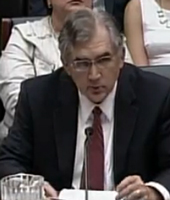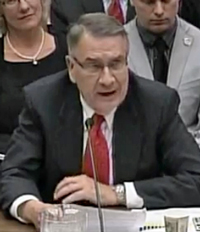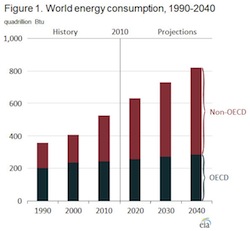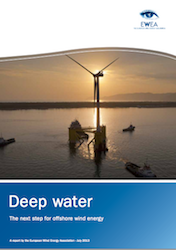 Numbers from the EPA show that biodiesel production hit record production in the first half of the year and is on pace to have its best year ever. The EPA reports that biodiesel refiners made 636 million gallons through the end of June and is on pace to break the annual record of about 1.1 billion gallons, exceeding this year’s volume requirement under the Renewable Fuel Standard (RFS) and gaining praise from the National Biodiesel Board.
Numbers from the EPA show that biodiesel production hit record production in the first half of the year and is on pace to have its best year ever. The EPA reports that biodiesel refiners made 636 million gallons through the end of June and is on pace to break the annual record of about 1.1 billion gallons, exceeding this year’s volume requirement under the Renewable Fuel Standard (RFS) and gaining praise from the National Biodiesel Board.
“This is further proof that policies like the RFS are delivering,” said Anne Steckel, vice president of federal affairs at the National Biodiesel Board, the U.S. biodiesel trade association. “This growth means good-paying jobs, fewer harmful emissions and a diversified fuel market that is helping consumers.”
“Just this week, gas prices were the third highest on record, even as we’re drilling more and more oil here at home,” Steckel added. “It just shows that we need alternatives if we’re going to escape this cycle of price spikes in the oil markets. The American people understand that we need to diversify and adopt an all-of-the-above energy approach, and we need strong domestic energy policy to do that.”
On the down side, some producers are worried that Congress will allow the $1-a-gallon biodiesel tax incentive expire (again) at the end of this year, and that could push production levels down.
“The uncertainty around the tax incentive makes it very difficult to plan for growth,” [Karl Radune, president of BioDiesel One Ltd., a small producer in Southington, Conn.,] said.












